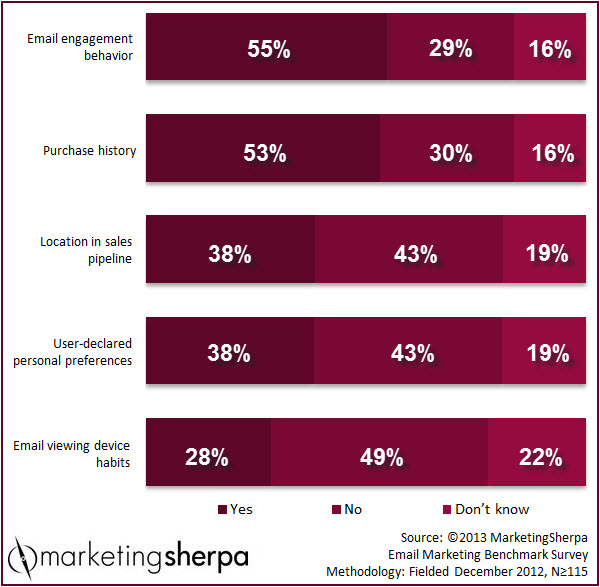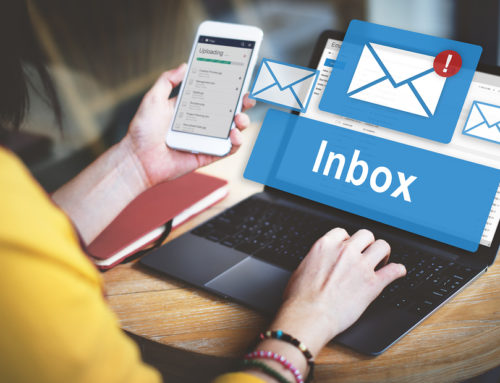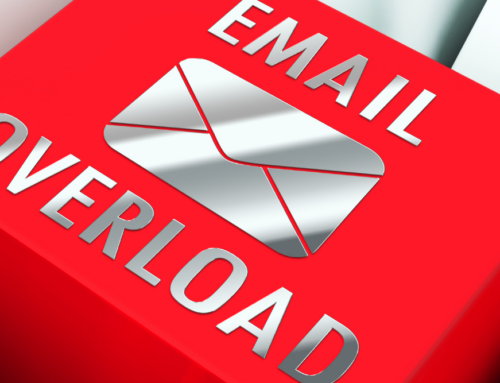Coming up with a real strategy for how to segment your email list is one of the changes I recommend nonprofits make in 2014.
I’m working with a favorite client this month on making some of those strategic decisions about how they can build out the records in their email list so they can segment in more meaningful ways given their programmatic goals. We are experimenting with our own list at Nonprofit Marketing Guide. And I’m also planning a new webinar later this spring on both strategies and tactics you can use to segment your own email list.
What are some of the key approaches to consider?
In its 2013 Email Marketing Benchmark Report, MarketingSherpa asked, “Can you segment subscriber data into separate lists based on the following attributes?” and you can see the results, which are from a business/corporate community.
Here’s how to translate this to the nonprofit world . . .
1. Email engagement behavior — who opens and clicks on your emails? You might want to look at the differences between e-newsletters and fundraising emails, or other categories of email you frequently send (e.g. event marketing). Which links did they click on that might indicate which programs or topics that they care most about?
2. Purchase history — think of this as people who have completed some kind of call to action, whether it is donating or registering or whatever that may be.
3. Location in sales pipeline — think of this as their stage in the relationship building process with your organization. Are they new to the list? Long-time supporters? Donors? Volunteers? Attend every event, or just the last one?
4. User-declared personal preferences — think of this as data that you gathered via surveys or polls or web forms. Nonprofits often use this to figure out which programs or topics supporters care about, or whether they want to be on specific newsletter lists (e.g. your advocacy action alert list versus your more general newsletter).
5. Email viewing device habits — are they reading your email on a phone, tablet or computer?



![12 Things You Can Stop Doing Right Now [Infographic]](https://www.nonprofitmarketingguide.com/wp-content/uploads/2025/01/Stop-Doing-2025-Info-hung-up-500x383.png)


